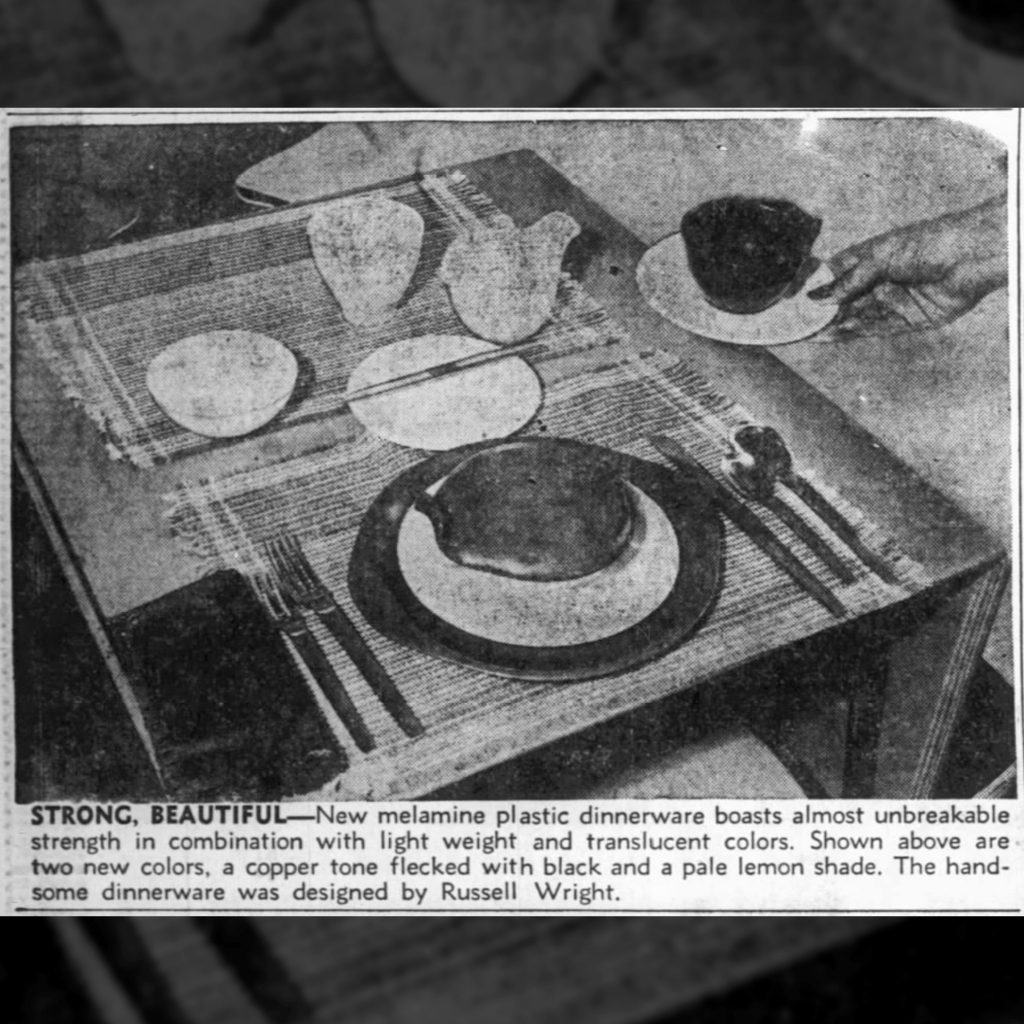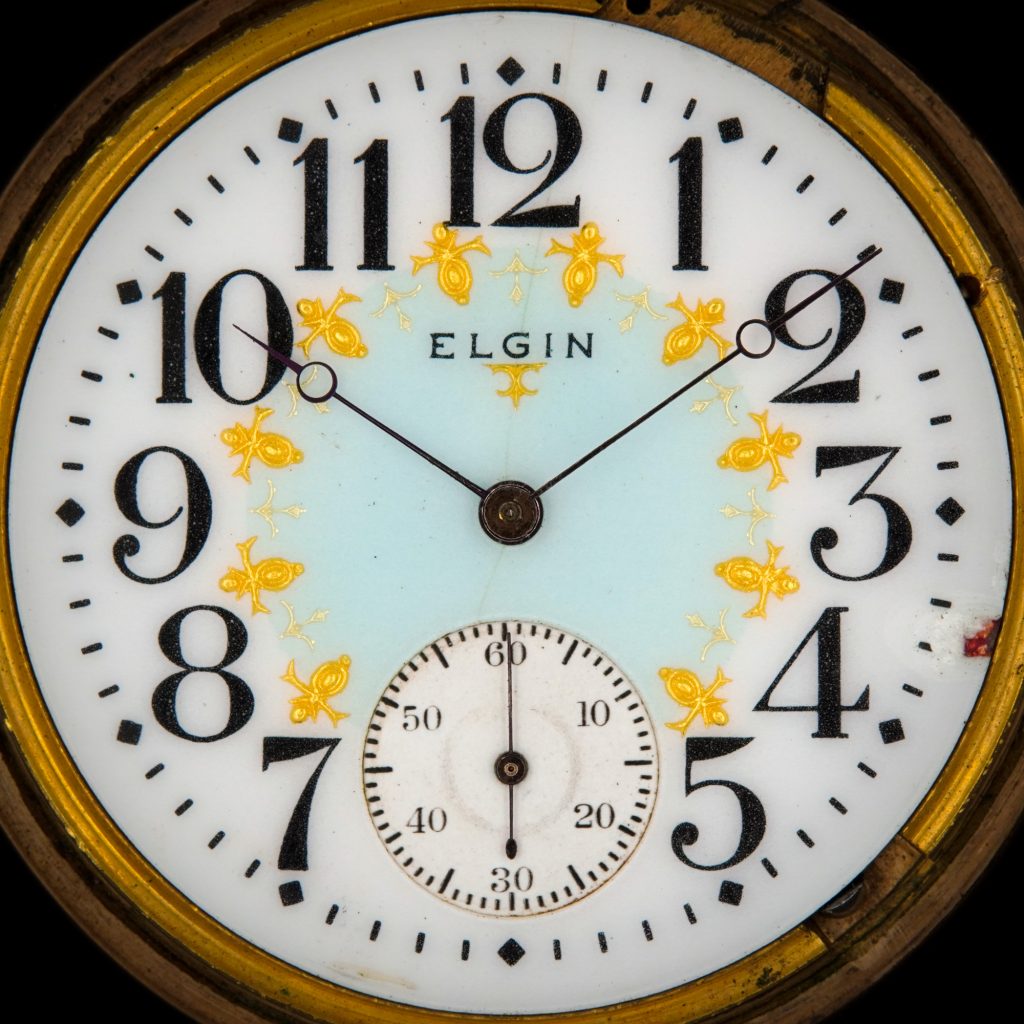
Chemistry

Pictured: “Palladium Balance Springs” (Excerpt), The Horological Journal, July 1879. When Charles-Auguste Paillard moved to Geneva in 1862, he dedicated his research to developing a corrosion-immune alloy for hairsprings used.
Pictured: “Palladium” Handbill, Published in the August 1803 issue of Nicholson's Journal In 1803, chemist William Hyde Wollaston discovered palladium while experimenting with purification methods for platinum. Wollaston originally called.

Pictured: Melamine Dial Buffing Machines at the Hamilton Watch Company Factory, Excerpt from “Research Provides New Materials For R.R. Type Dials,” Timely Topics, July 1953. Around 1945, the Hamilton Watch.
Pictured: Newspaper Excerpt Featuring Melamine Dinnerware, The Evening Eagle (Wichita, Kansas), November 11, 1953. Melamine was initially discovered by German chemist Justus von Liebig in 1834. Despite having unique properties,.
Pictured: Elgin Nat’l Watch Co. Black Enamel Double-Sunk Dial, c.1885. While uncommon, black enamel dials were offered on American pocket watches as early as the 1870s. The deep black enamel.
Pictured: Elgin Colored Enamel Dial with Gold Embellishments, c.1880s. The 1880s proved to be a pivotal decade for the manufacturing of watch dials. Experimentation with different methods led to innovative.








